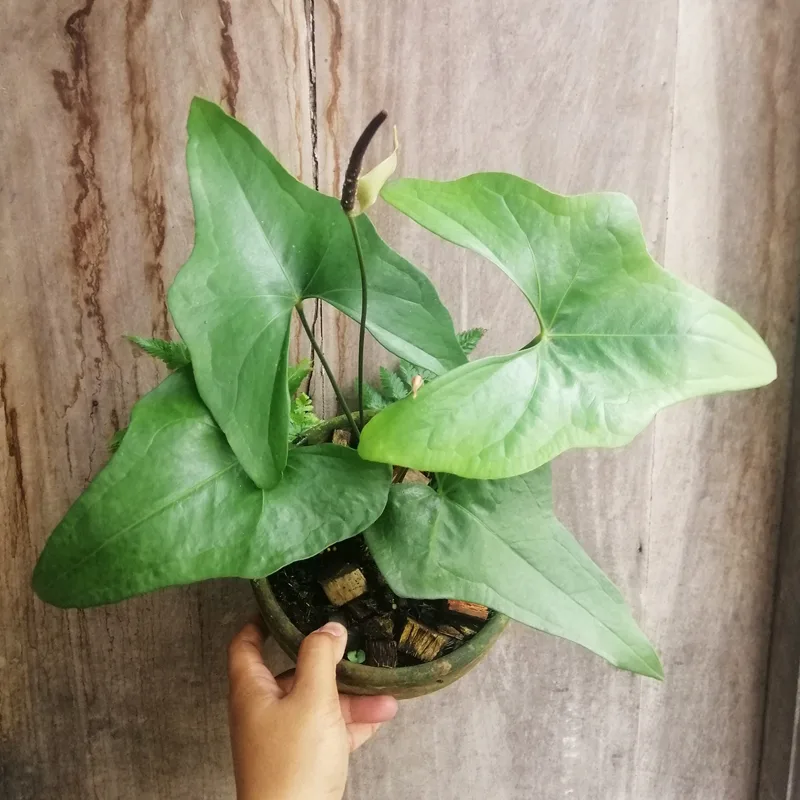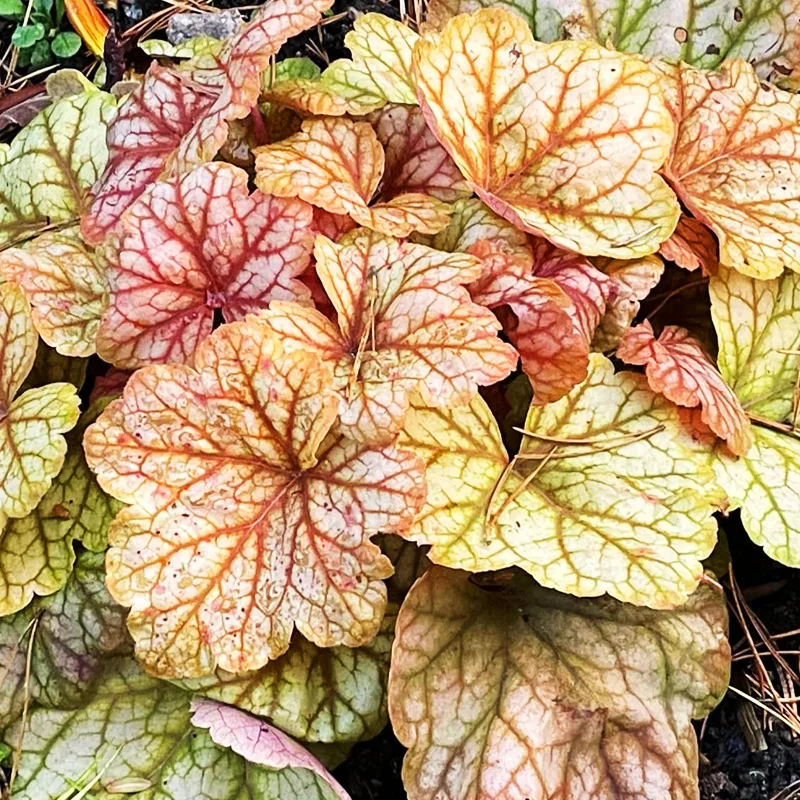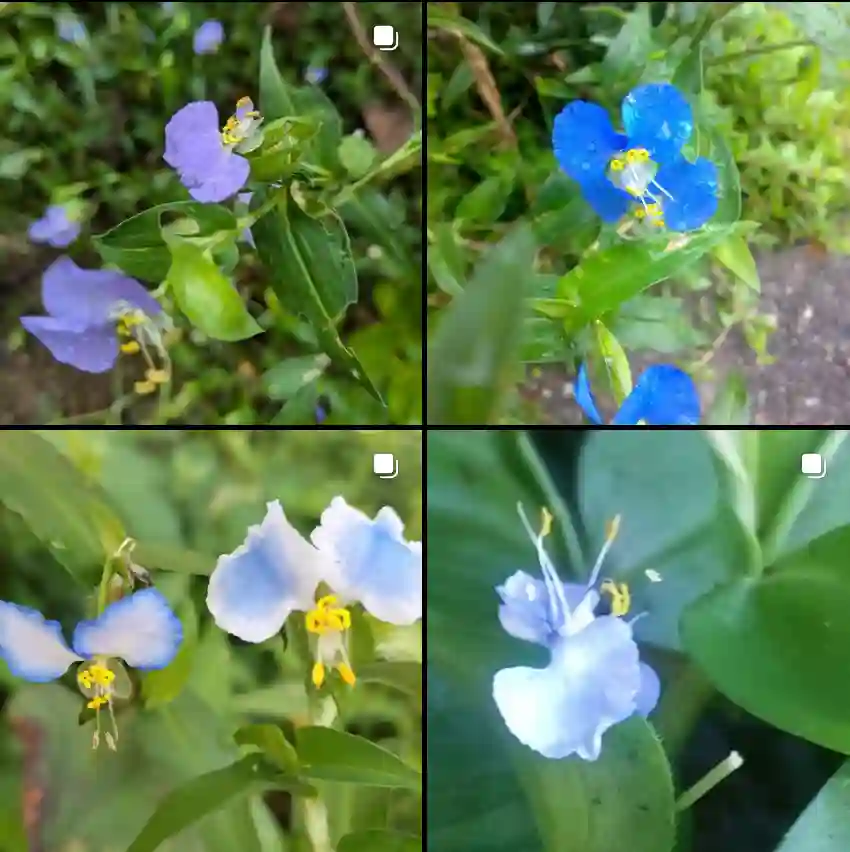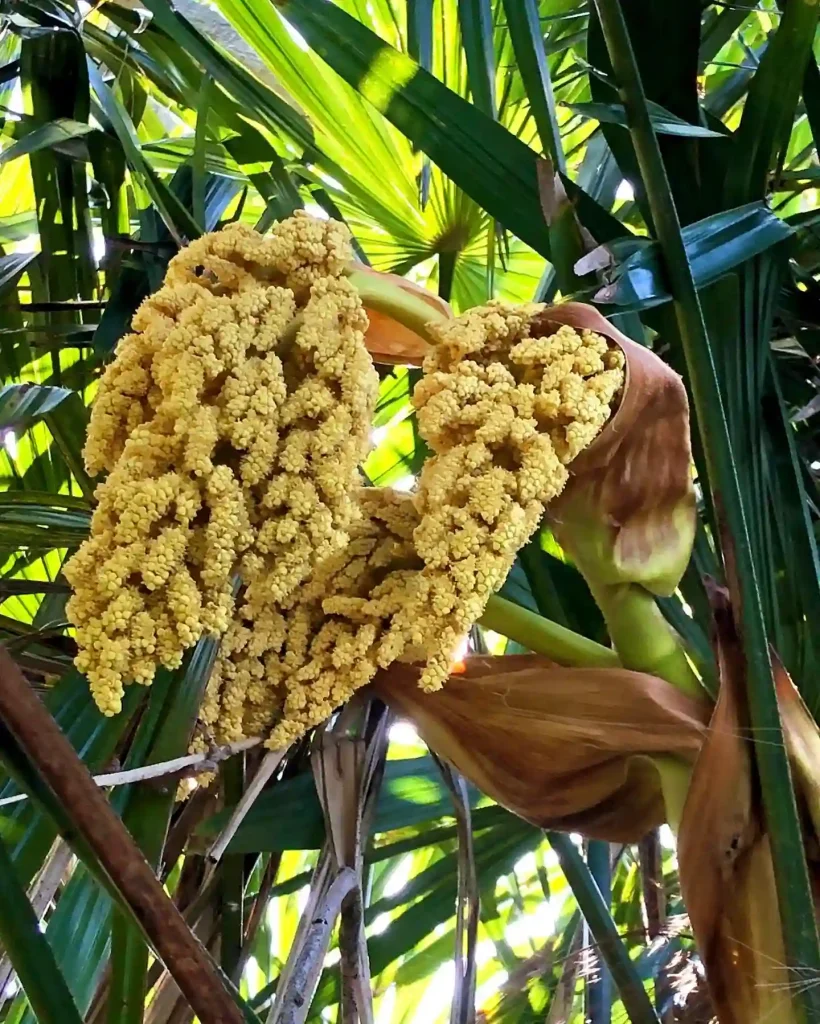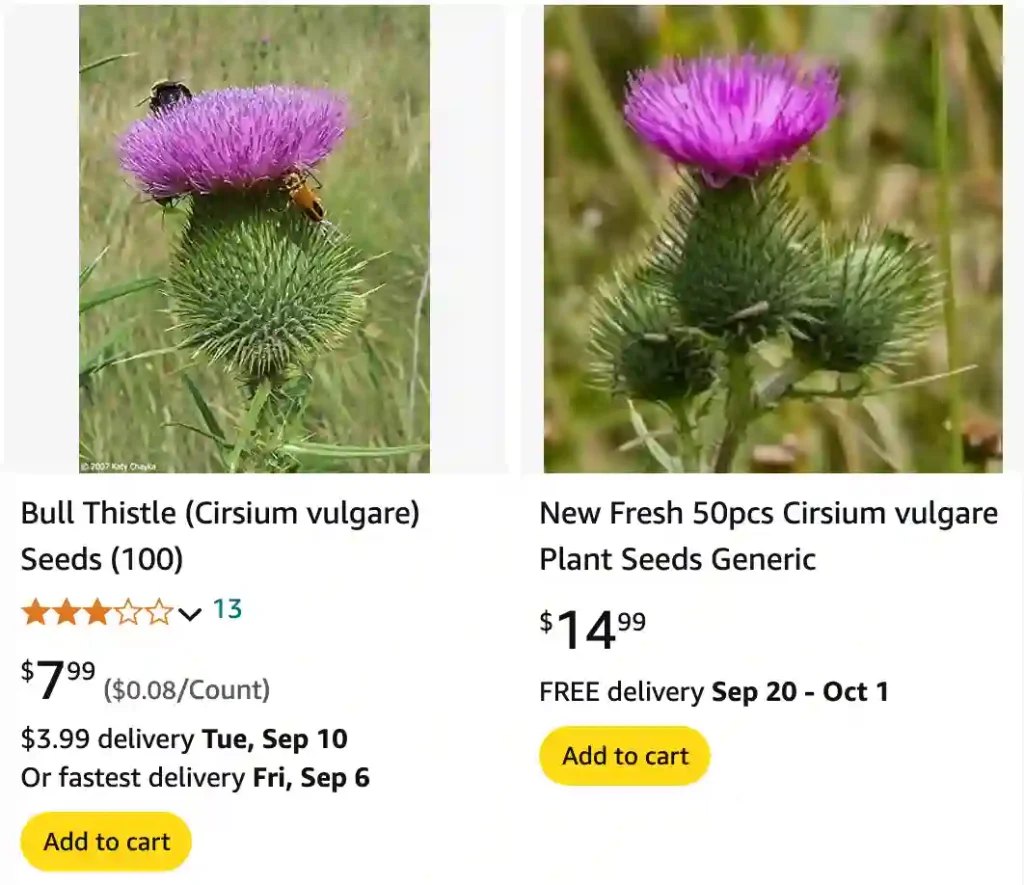
Frequently Asked Questions About Cirsium Vulgare
When delving into the world of plants, Cirsium Vulgare, commonly known as the Bull Thistle, often comes up in discussions. Its striking appearance and aggressive nature can make it both fascinating and problematic. Here, I’ll tackle some of the most frequently asked questions about Cirsium Vulgare to give you a clearer picture of this intriguing plant.
471 Species in Genus Cirsium
What Is Cirsium Vulgare?
Cirsium Vulgare, or Bull Thistle, is a biennial plant known for its distinctive, spiny leaves and large, purple flowers. It belongs to the Asteraceae family, which includes daisies and sunflowers. The plant can grow up to 6 feet tall and is characterized by its broad, lance-shaped leaves covered in sharp spines. The vibrant purple flowers are thistle-like and can make quite an impression in any landscape.
Where Is Cirsium Vulgare Native To?
Cirsium Vulgare is native to Europe and Asia. It has adapted well to a range of environments, from dry, disturbed soils to more fertile grounds. Its natural habitat includes meadows, roadsides, and pastures. The plant’s adaptability has played a significant role in its spread beyond its native regions.
When Was Cirsium Vulgare Introduced?
Cirsium Vulgare was introduced to North America in the 19th century. It arrived as a species often used for its ornamental value and its ability to improve soil conditions. However, it quickly proved to be more than just a decorative addition. Its aggressive growth and tendency to spread rapidly turned it into an invasive species.
Is Cirsium Vulgare Invasive in PA?
Yes, Cirsium Vulgare is considered invasive in Pennsylvania. It competes aggressively with native plants and can dominate landscapes, displacing native flora and disrupting local ecosystems. Its invasive nature is primarily due to its prolific seed production and its ability to thrive in a variety of conditions. Managing this plant often requires dedicated control efforts to prevent it from taking over.
How to Care for Cirsium Vulgare?
Caring for Cirsium Vulgare can be challenging due to its invasive tendencies. If you’re growing it intentionally, here are a few tips:
- Soil: It adapts to various soil types but prefers well-drained, fertile soil.
- Sunlight: Full sun is ideal, but it can tolerate partial shade.
- Watering: Regular watering helps it establish, but it’s quite drought-tolerant once mature.
- Pruning: Removing spent flowers can prevent excessive self-seeding.
How to Propagate Cirsium Vulgare?
Propagation of Cirsium Vulgare is typically done through seeds. The seeds can be collected once the flower heads dry out. To propagate:
- Collect Seeds: Harvest mature seeds from the dried flower heads.
- Prepare Soil: Use a well-drained potting mix.
- Plant: Scatter seeds on the soil surface and press lightly. Keep the soil moist until germination.
- Transplant: Once seedlings are robust, transplant them to their desired location.
What to Plant With Cirsium Vulgare?
Given its invasive nature, it’s best to plant Cirsium Vulgare away from other plants, especially native species. If you’re looking to complement its presence, consider planting other robust, hardy species that can compete effectively with it. However, in many cases, it’s advisable to manage or remove it rather than encouraging its spread.
Can You Grow Cirsium Vulgare Indoors?
Growing Cirsium Vulgare indoors is not practical due to its size and the conditions it requires. It thrives in outdoor environments where it has space to spread and natural sunlight. Attempting to grow it indoors could result in limited growth and health issues.
Is Cirsium Vulgare Toxic?
Cirsium Vulgare is not considered toxic to humans or animals. However, its spiny leaves can cause irritation if touched, so handling it with care is advisable. It’s always best to wear gloves and long sleeves when dealing with this plant to avoid any potential discomfort.
Benefits of Cirsium Vulgare
While Cirsium Vulgare is often viewed as a nuisance due to its invasive nature, it does have some benefits:
- Wildlife Habitat: Its flowers provide nectar for bees and other pollinators.
- Soil Improvement: It can help in stabilizing and improving poor soil conditions.
Common Problems with Cirsium Vulgare
- Invasiveness: Its ability to spread quickly and dominate landscapes can be problematic.
- Maintenance: Regular management is required to prevent it from overtaking desired plant species.
Compare Cirsium Vulgare with Other Thistles
When comparing Cirsium Vulgare to other thistles, such as Cirsium Arvense (Canada Thistle), it’s clear that while both can be invasive, Cirsium Vulgare is generally more aggressive in its spread. Canada Thistle, for instance, has more of a creeping rhizome system, whereas Bull Thistle primarily spreads through seeds.
In summary, Cirsium Vulgare is a fascinating but challenging plant. Its invasive nature in places like Pennsylvania makes it a plant that requires careful management. Understanding its characteristics and behaviors can help in making informed decisions about how to handle or cultivate it.
If i die, water my plants!
